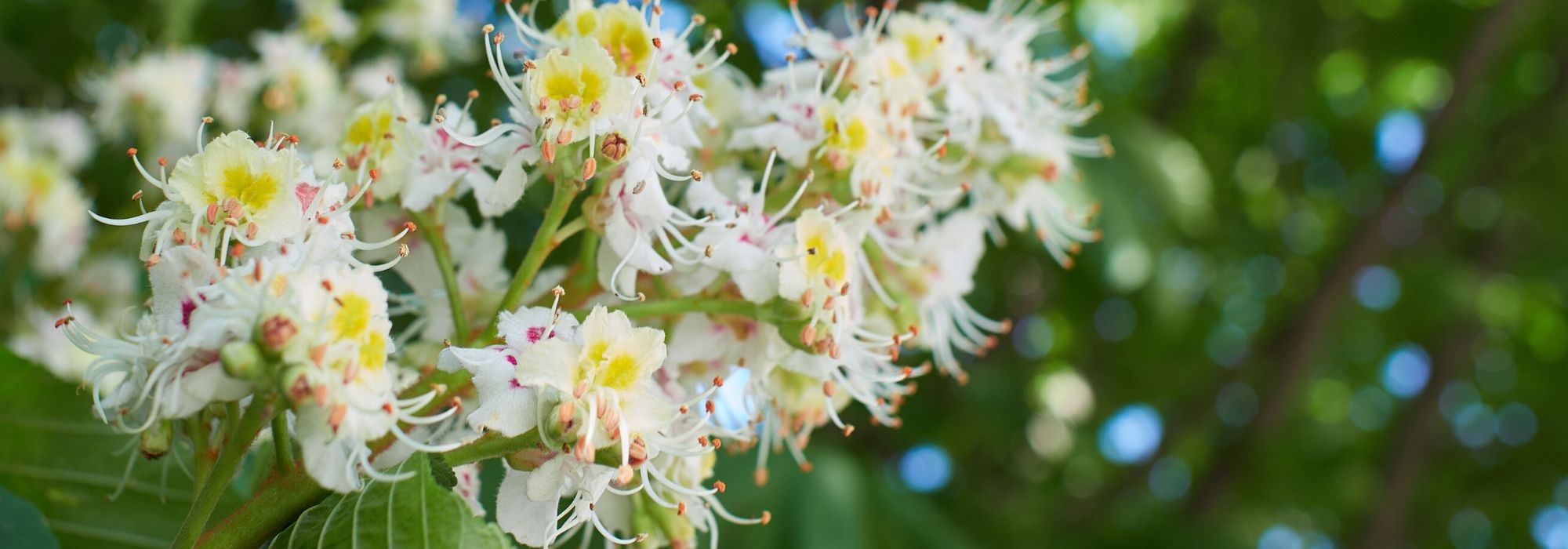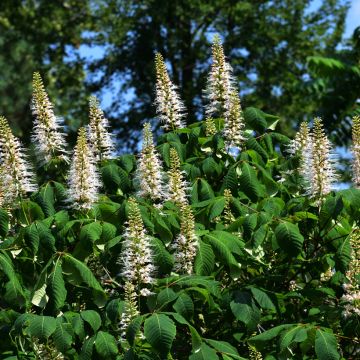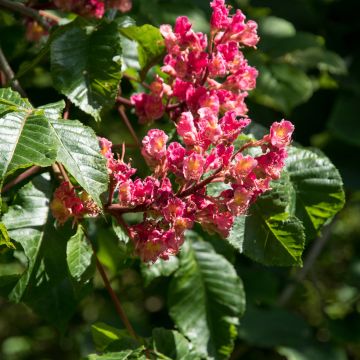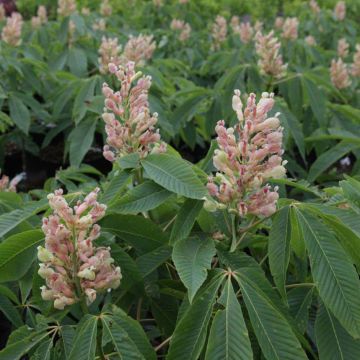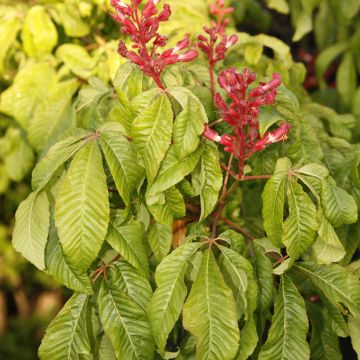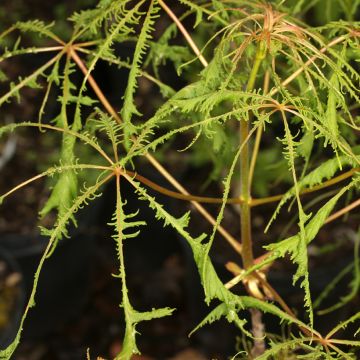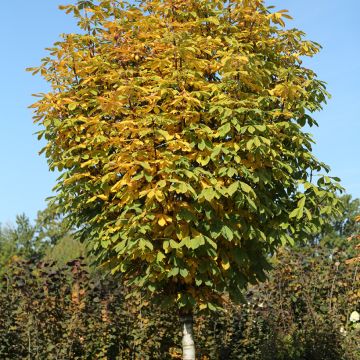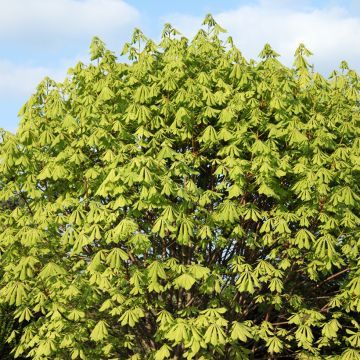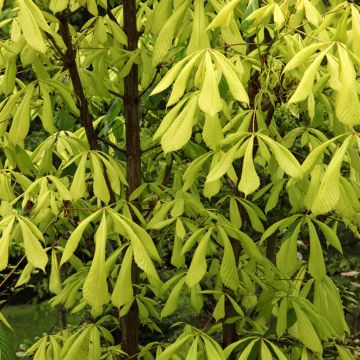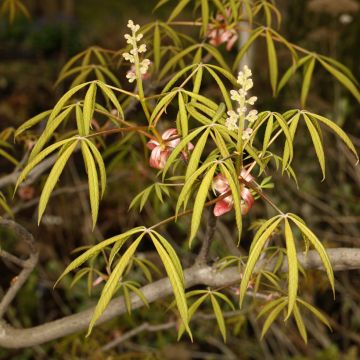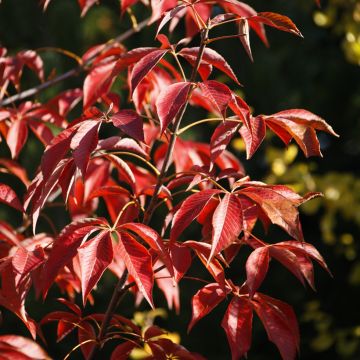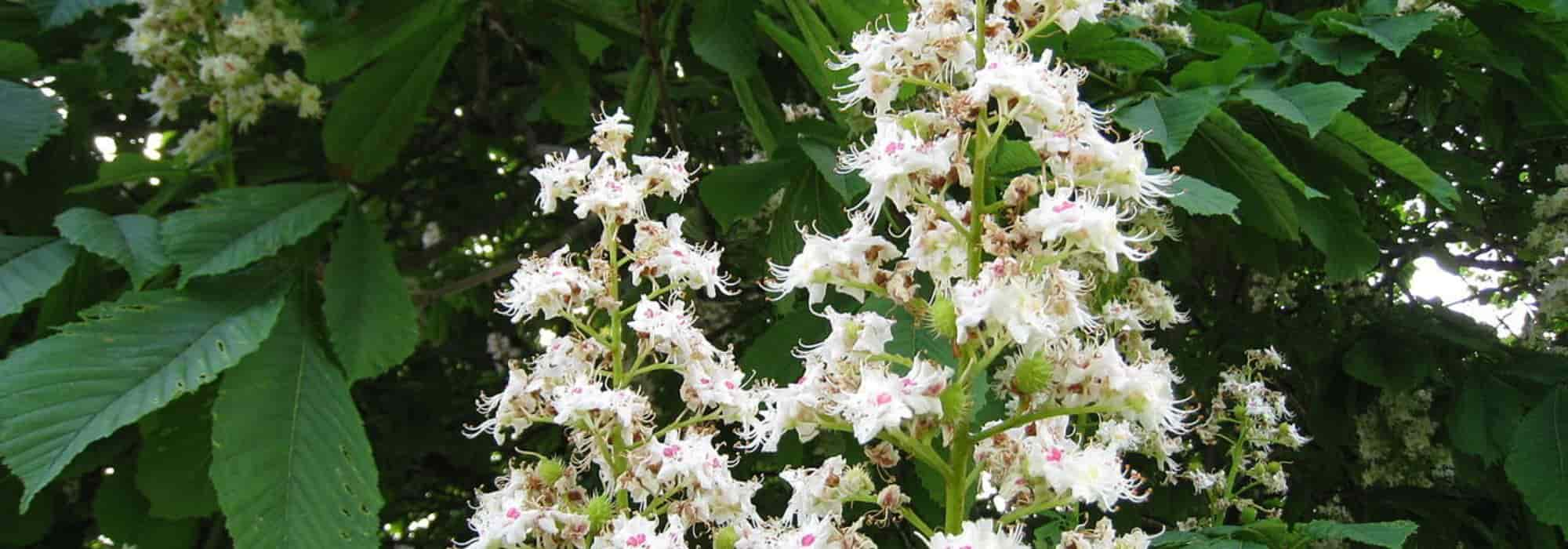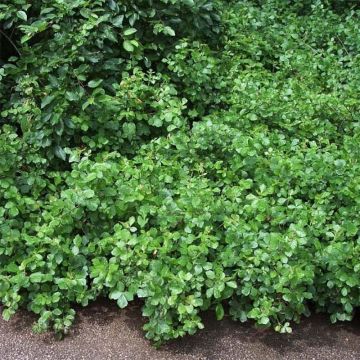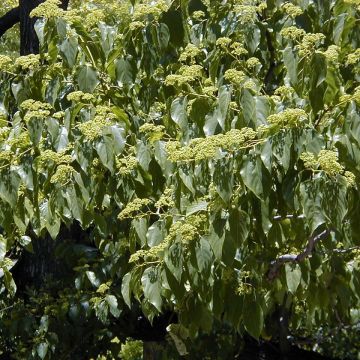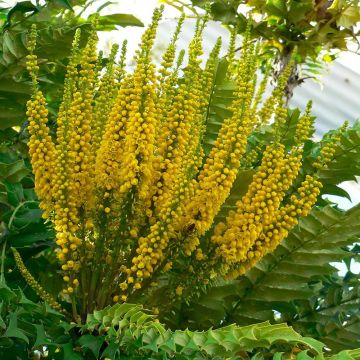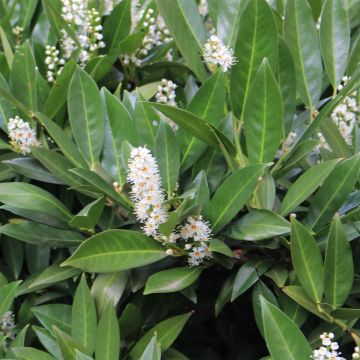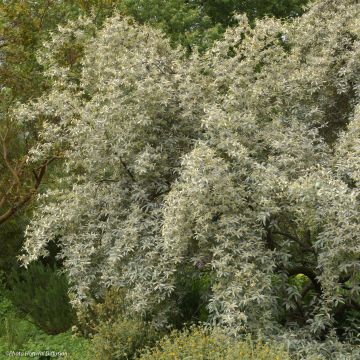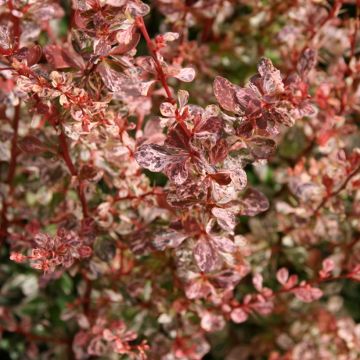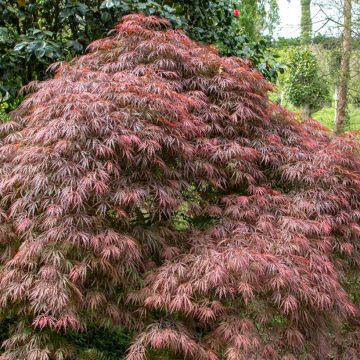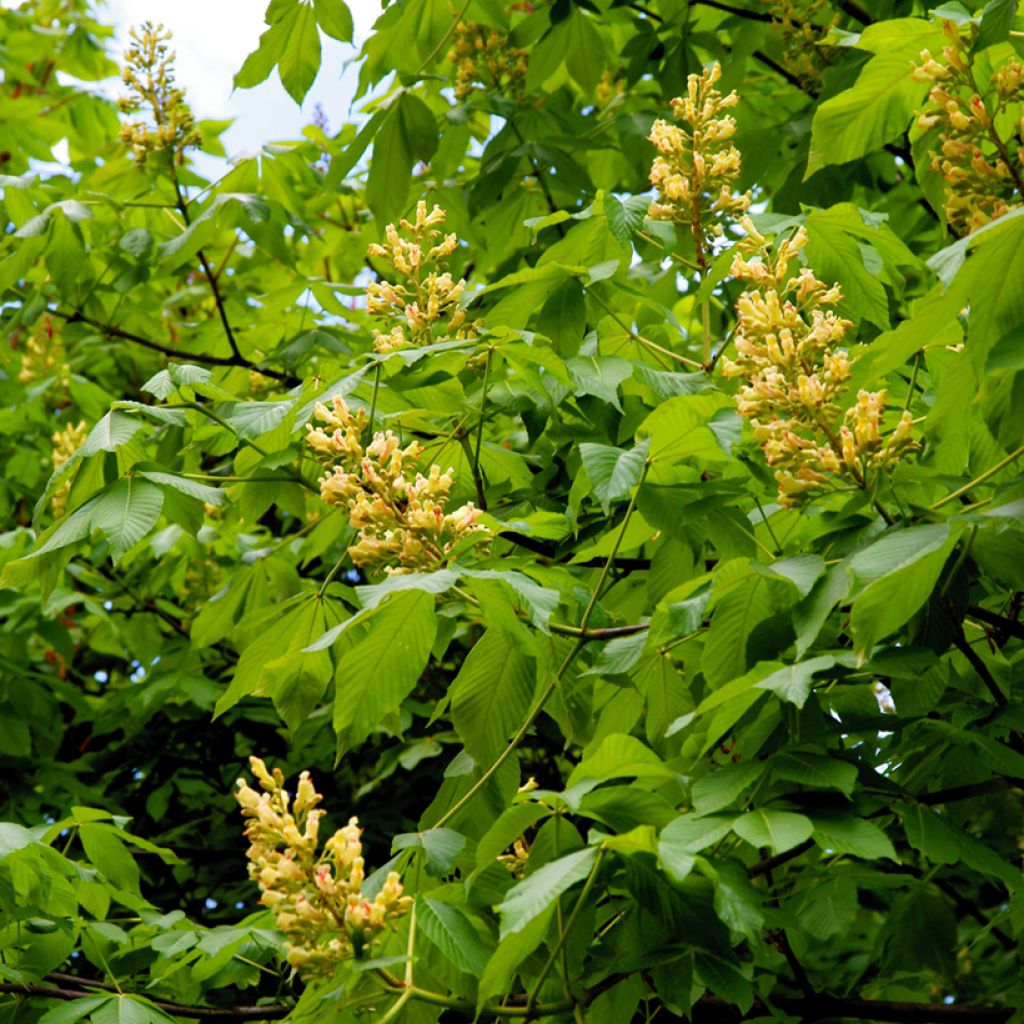

Aesculus flava - Yellow Buckeye
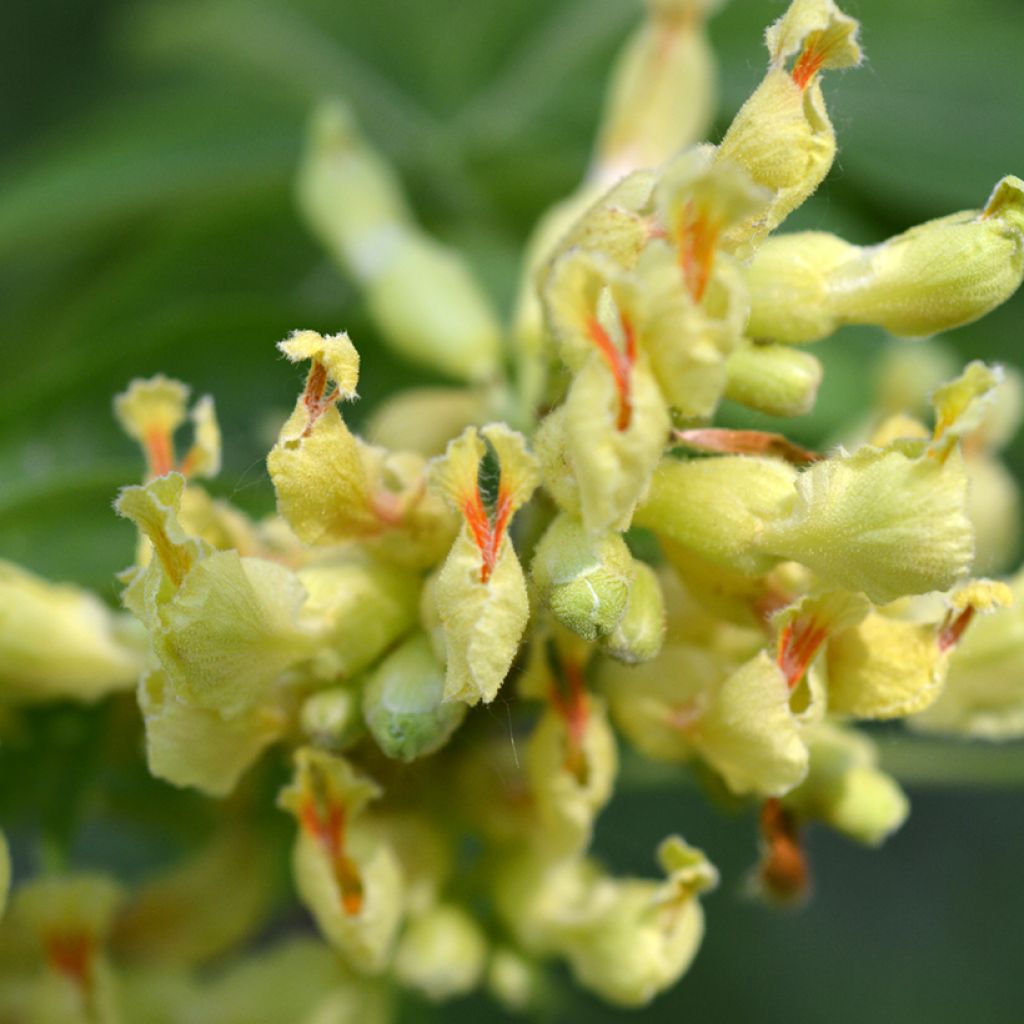

Aesculus flava - Yellow Buckeye
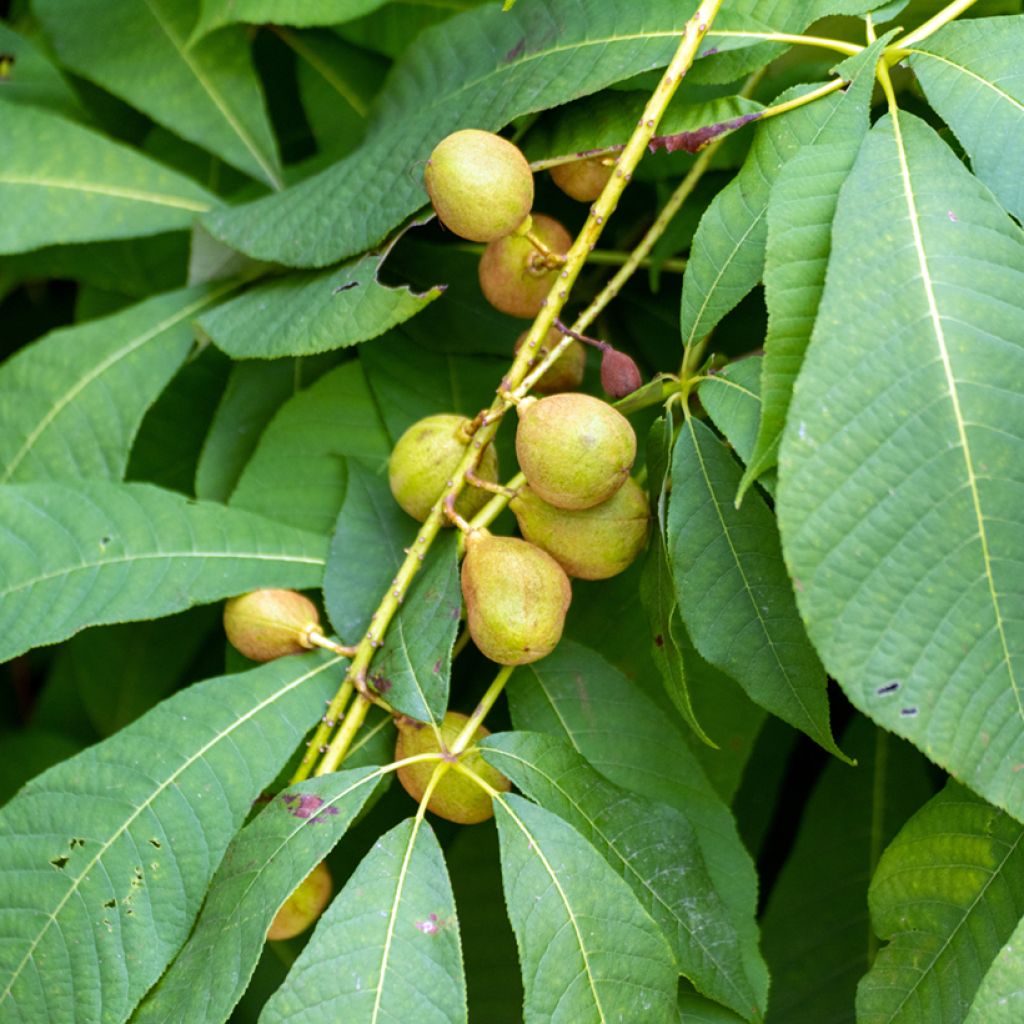

Aesculus flava - Yellow Buckeye
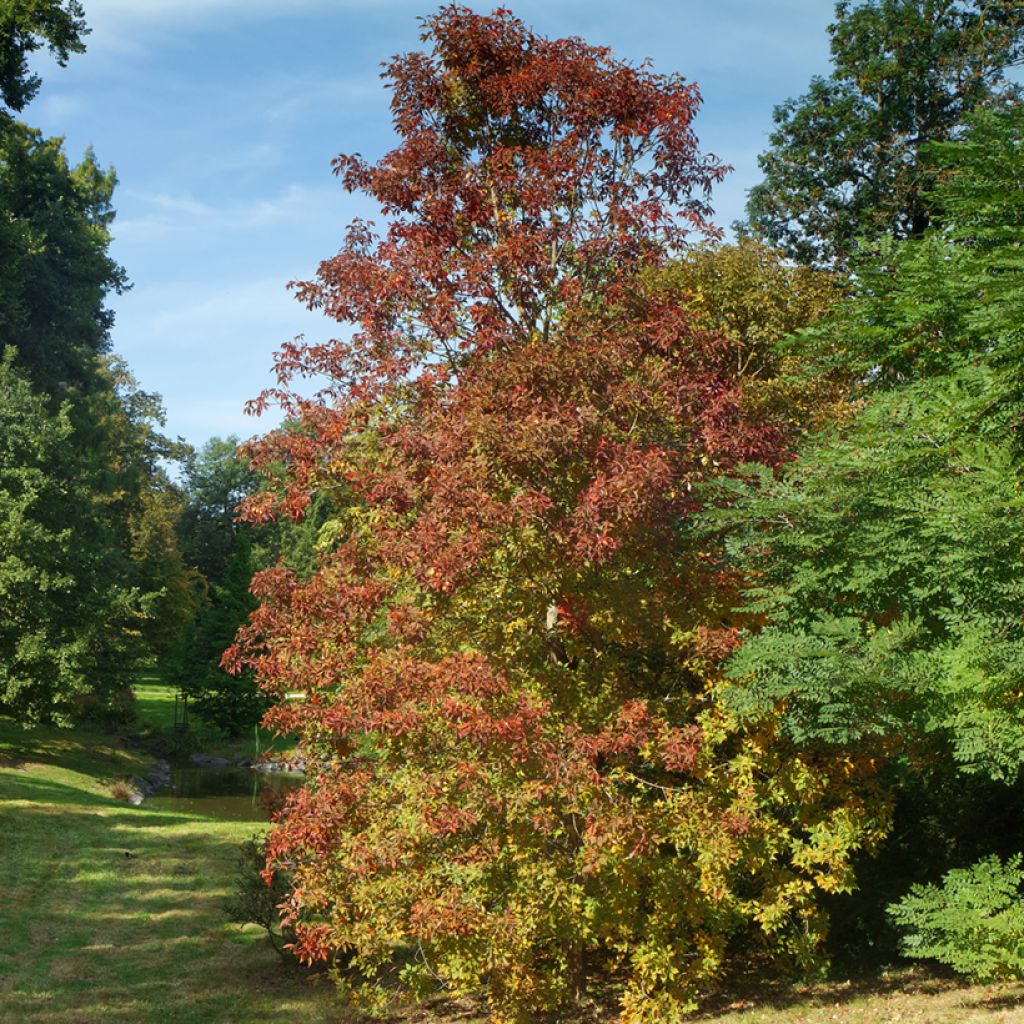

Aesculus flava - Yellow Buckeye
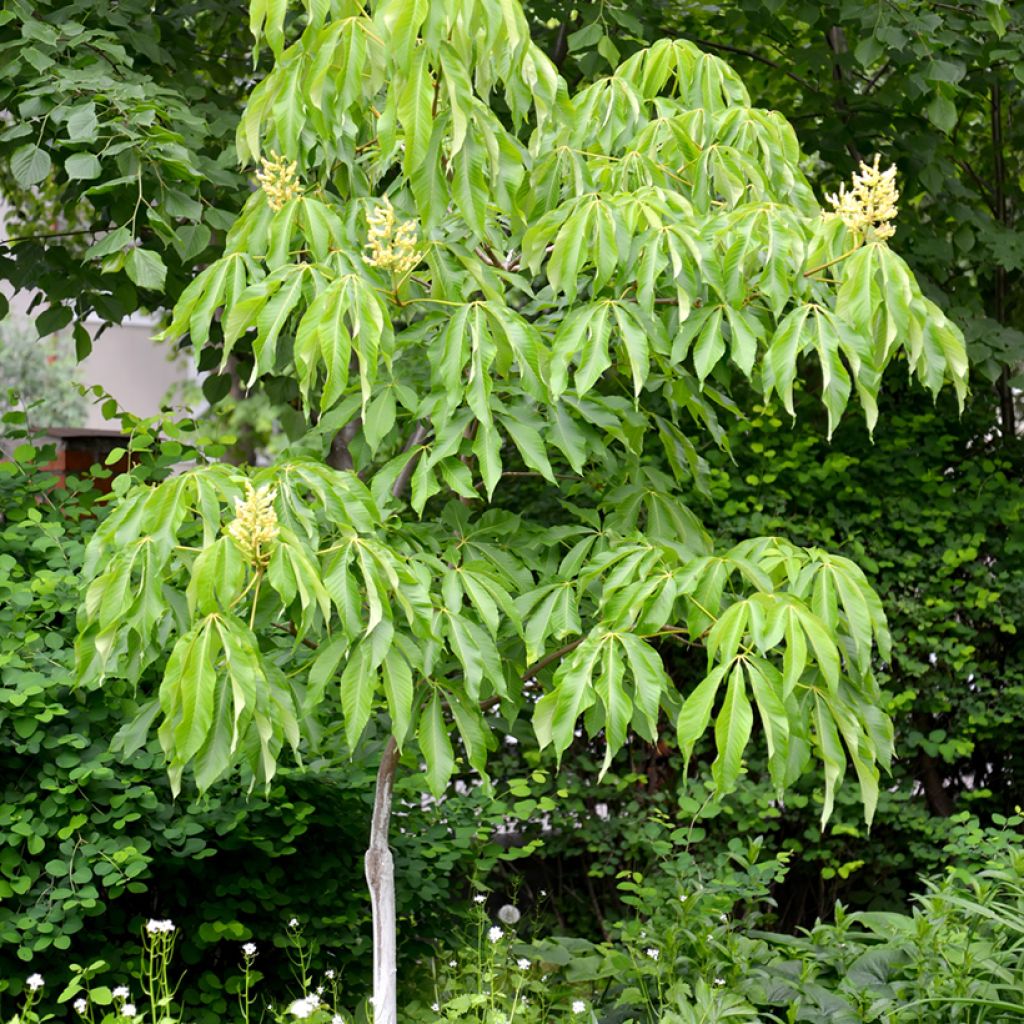

Aesculus flava - Yellow Buckeye
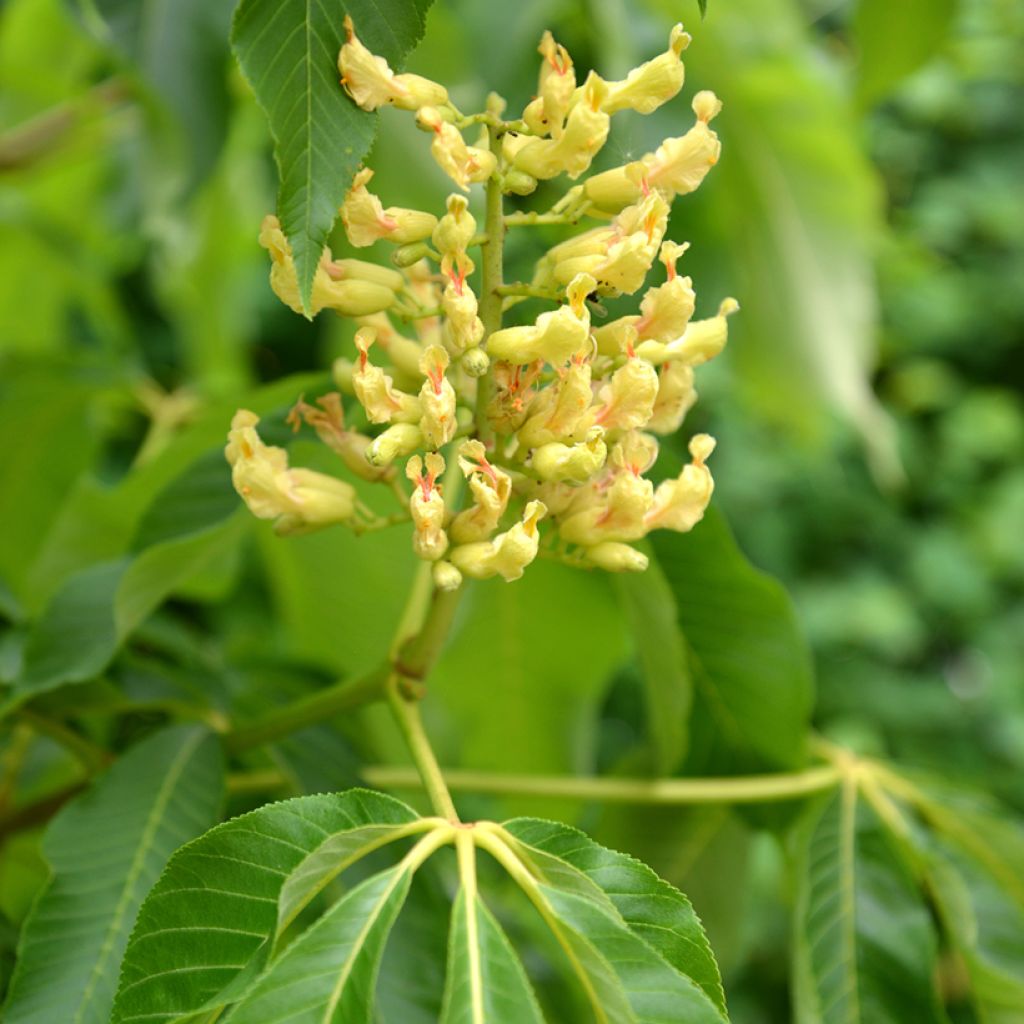

Aesculus flava - Yellow Buckeye
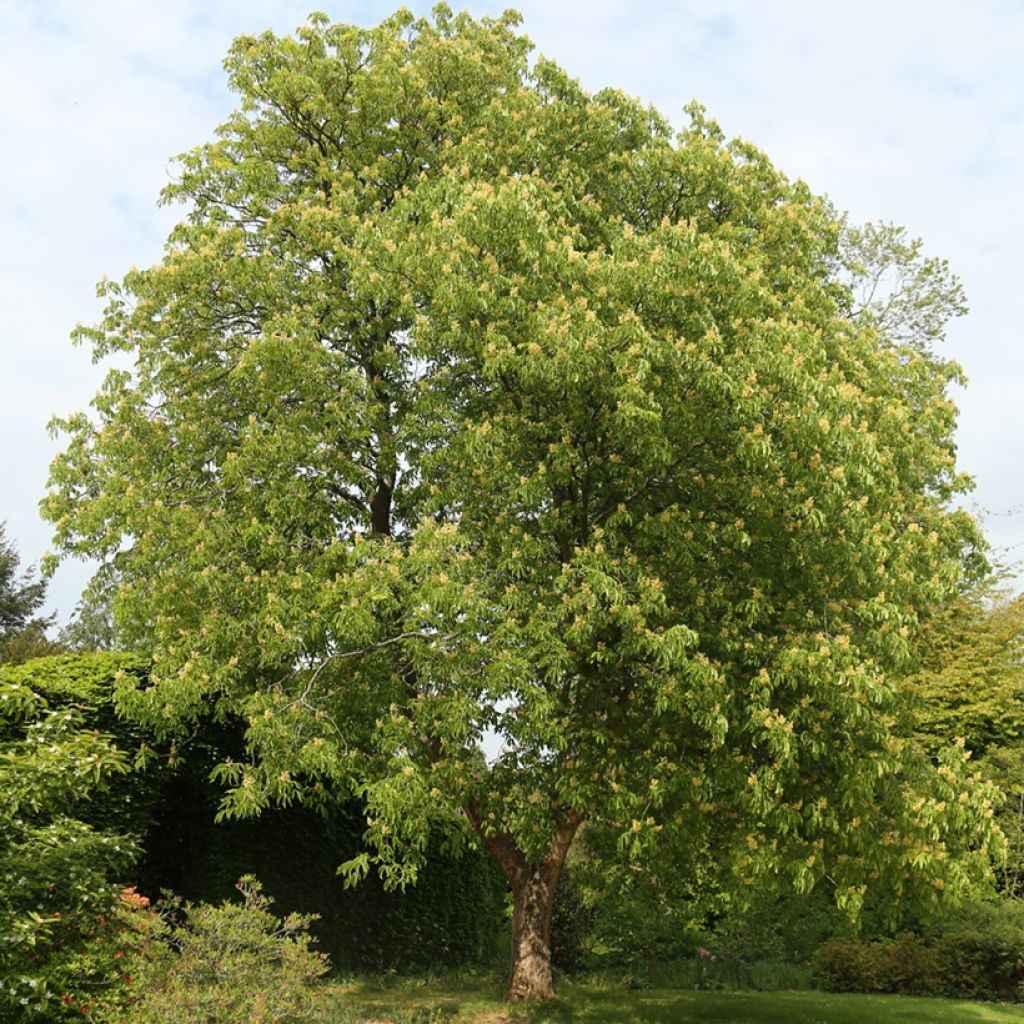

Aesculus flava - Yellow Buckeye
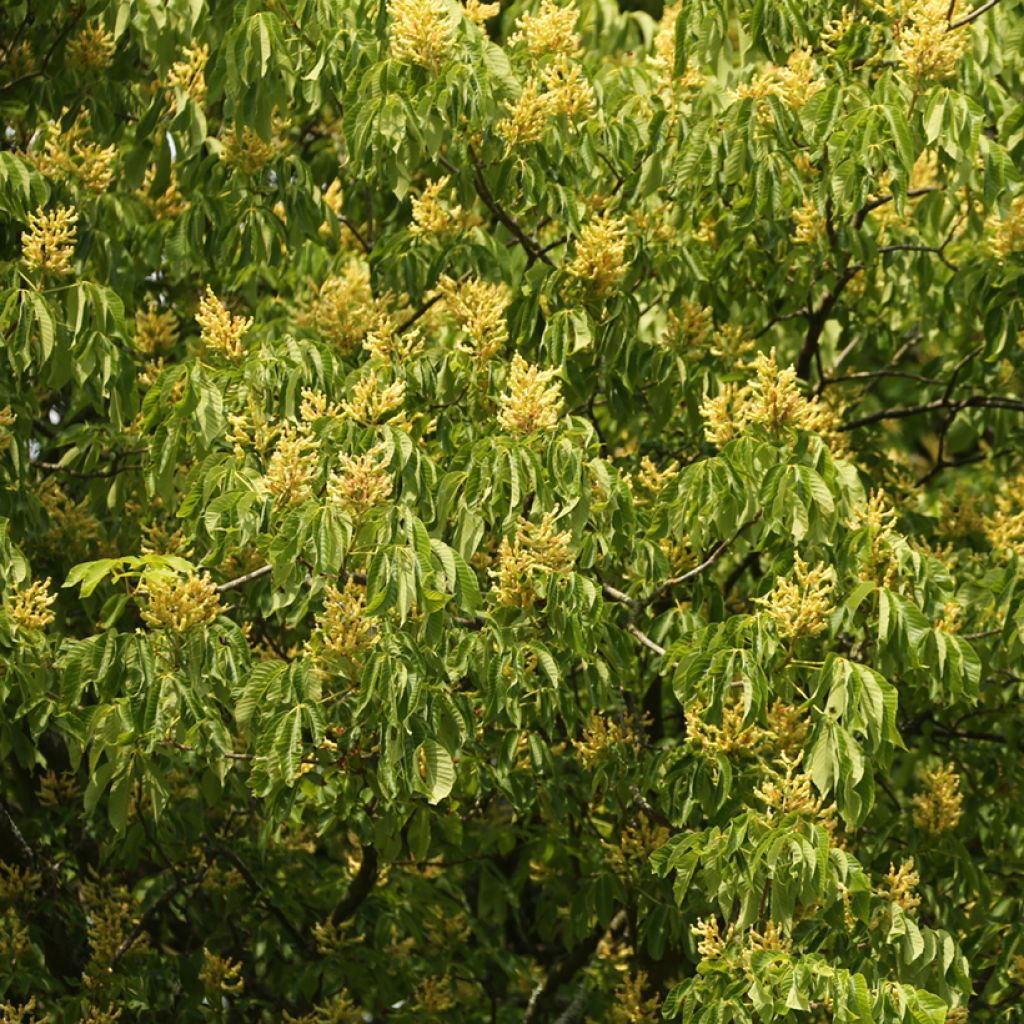

Aesculus flava - Yellow Buckeye
Aesculus flava - Yellow Buckeye
Aesculus flava
Yellow Buckeye, Sweet Buckeye
Special offer!
Receive a €20 voucher for any order over €90 (excluding delivery costs, credit notes, and plastic-free options)!
1- Add your favorite plants to your cart.
2- Once you have reached €90, confirm your order (you can even choose the delivery date!).
3- As soon as your order is shipped, you will receive an email containing your voucher code, valid for 3 months (90 days).
Your voucher is unique and can only be used once, for any order with a minimum value of €20, excluding delivery costs.
Can be combined with other current offers, non-divisible and non-refundable.
Home or relay delivery (depending on size and destination)
Schedule delivery date,
and select date in basket
This plant carries a 24 months recovery warranty
More information
We guarantee the quality of our plants for a full growing cycle, and will replace at our expense any plant that fails to recover under normal climatic and planting conditions.
Does this plant fit my garden?
Set up your Plantfit profile →
Description
Aesculus flava, commonly known as Yellow Buckeye or Yellow Horse Chestnut, is a magnificent deciduous tree for ornamental use in parks and large gardens. With its imposing silhouette, dense palmate foliage, and decorative spring flowering, it makes a beautiful shade tree. Its slightly pinkish-yellow flower panicles attract pollinators and contribute to biodiversity. Hardy and easy to maintain, the Yellow Buckeye adapts to a wide range of soils and climates.
Aesculus flava is a large deciduous tree native to eastern North America. It belongs to the Sapindaceae or Hippocastanaceae family, just like the common horse chestnut. This tree can reach up to 20 m in height, with a straight trunk and a wide, rounded crown. Its grey-brown bark is deeply furrowed, giving it a rough and textured appearance. The leaves are compound, usually with 5 ovate, toothed leaflets, each measuring up to 20 cm long. They are dark green on the upper side, but much paler on the underside: the contrast is striking, especially when illuminated by the sun. They turn golden to brown before falling quite early in autumn. Flowering occurs in spring, between April and early June depending on the climate. The flowers are arranged in upright clusters called panicles, which can measure up to 20-25 cm long. Each flower is tubular, with five yellow petals tinged with red on the inside and prominent stamens. The flowers are rich in nectar and attract numerous pollinators, including bees and butterflies. After pollination, the flowers transform into smooth, brown capsules usually containing one to three shiny, brown seeds. These seeds are enclosed in a spiky husk that opens at maturity to release them. Aesculus flava is also valued for its wood. It is heavy, hard, and durable, making it useful for construction, furniture making, and even musical instrument production. All parts of the tree, especially the seeds, contain alkaloids that can be toxic to humans and certain animals if ingested.
The Yellow Buckeye is appreciated for its spring flowering and dense foliage, which provides welcome shade in summer. It can be planted individually in a large garden or in rows along a wide avenue. At its base, one can plant asters or echinaceas, as well as landscape roses and colourful Berberis. Ornamental grasses such as Miscanthus and Panicum can be planted in groups near the Yellow Buckeye to create an interesting contrast with its imposing silhouette.
Plant habit
Flowering
Foliage
Botanical data
Aesculus
flava
Sapindaceae
Yellow Buckeye, Sweet Buckeye
Aesculus octandra
North America
Other Aesculus - Horse Chestnut
View all →Planting and care
Plant Aesculus flava in spring or autumn in deep, well-drained soil, in a sunny or partially shaded location. Deep digging is recommended before planting. Limestone is tolerated in moderation. Avoid very acidic and poor soils. Water and mulch to maintain soil moisture. Yellow Buckeye requires regular watering during its early years of growth. Once established, it tolerates drought well. However, regular watering during prolonged dry periods is recommended. Pruning is not necessary, but it can be done to maintain a beautiful shape or limit its size. It should be done after flowering. This tree does not require regular feeding but it can benefit from an annual application of organic fertiliser in spring.
Common diseases of Yellow Buckeye include anthracnose, leaf spots, and root rot, which are all caused by fungi and can be prevented by avoiding waterlogged soil and providing good air circulation. Bacterial canker is another disease to watch out for, which can be prevented by avoiding injury to the tree's bark.
Planting period
Intended location
Care
Planting & care advice
This item has not been reviewed yet - be the first to leave a review about it.
Similar products
Haven't found what you were looking for?
Hardiness is the lowest winter temperature a plant can endure without suffering serious damage or even dying. However, hardiness is affected by location (a sheltered area, such as a patio), protection (winter cover) and soil type (hardiness is improved by well-drained soil).

Photo Sharing Terms & Conditions
In order to encourage gardeners to interact and share their experiences, Promesse de fleurs offers various media enabling content to be uploaded onto its Site - in particular via the ‘Photo sharing’ module.
The User agrees to refrain from:
- Posting any content that is illegal, prejudicial, insulting, racist, inciteful to hatred, revisionist, contrary to public decency, that infringes on privacy or on the privacy rights of third parties, in particular the publicity rights of persons and goods, intellectual property rights, or the right to privacy.
- Submitting content on behalf of a third party;
- Impersonate the identity of a third party and/or publish any personal information about a third party;
In general, the User undertakes to refrain from any unethical behaviour.
All Content (in particular text, comments, files, images, photos, videos, creative works, etc.), which may be subject to property or intellectual property rights, image or other private rights, shall remain the property of the User, subject to the limited rights granted by the terms of the licence granted by Promesse de fleurs as stated below. Users are at liberty to publish or not to publish such Content on the Site, notably via the ‘Photo Sharing’ facility, and accept that this Content shall be made public and freely accessible, notably on the Internet.
Users further acknowledge, undertake to have ,and guarantee that they hold all necessary rights and permissions to publish such material on the Site, in particular with regard to the legislation in force pertaining to any privacy, property, intellectual property, image, or contractual rights, or rights of any other nature. By publishing such Content on the Site, Users acknowledge accepting full liability as publishers of the Content within the meaning of the law, and grant Promesse de fleurs, free of charge, an inclusive, worldwide licence for the said Content for the entire duration of its publication, including all reproduction, representation, up/downloading, displaying, performing, transmission, and storage rights.
Users also grant permission for their name to be linked to the Content and accept that this link may not always be made available.
By engaging in posting material, Users consent to their Content becoming automatically accessible on the Internet, in particular on other sites and/or blogs and/or web pages of the Promesse de fleurs site, including in particular social pages and the Promesse de fleurs catalogue.
Users may secure the removal of entrusted content free of charge by issuing a simple request via our contact form.
The flowering period indicated on our website applies to countries and regions located in USDA zone 8 (France, the United Kingdom, Ireland, the Netherlands, etc.)
It will vary according to where you live:
- In zones 9 to 10 (Italy, Spain, Greece, etc.), flowering will occur about 2 to 4 weeks earlier.
- In zones 6 to 7 (Germany, Poland, Slovenia, and lower mountainous regions), flowering will be delayed by 2 to 3 weeks.
- In zone 5 (Central Europe, Scandinavia), blooming will be delayed by 3 to 5 weeks.
In temperate climates, pruning of spring-flowering shrubs (forsythia, spireas, etc.) should be done just after flowering.
Pruning of summer-flowering shrubs (Indian Lilac, Perovskia, etc.) can be done in winter or spring.
In cold regions as well as with frost-sensitive plants, avoid pruning too early when severe frosts may still occur.
The planting period indicated on our website applies to countries and regions located in USDA zone 8 (France, United Kingdom, Ireland, Netherlands).
It will vary according to where you live:
- In Mediterranean zones (Marseille, Madrid, Milan, etc.), autumn and winter are the best planting periods.
- In continental zones (Strasbourg, Munich, Vienna, etc.), delay planting by 2 to 3 weeks in spring and bring it forward by 2 to 4 weeks in autumn.
- In mountainous regions (the Alps, Pyrenees, Carpathians, etc.), it is best to plant in late spring (May-June) or late summer (August-September).
The harvesting period indicated on our website applies to countries and regions in USDA zone 8 (France, England, Ireland, the Netherlands).
In colder areas (Scandinavia, Poland, Austria...) fruit and vegetable harvests are likely to be delayed by 3-4 weeks.
In warmer areas (Italy, Spain, Greece, etc.), harvesting will probably take place earlier, depending on weather conditions.
The sowing periods indicated on our website apply to countries and regions within USDA Zone 8 (France, UK, Ireland, Netherlands).
In colder areas (Scandinavia, Poland, Austria...), delay any outdoor sowing by 3-4 weeks, or sow under glass.
In warmer climes (Italy, Spain, Greece, etc.), bring outdoor sowing forward by a few weeks.






























